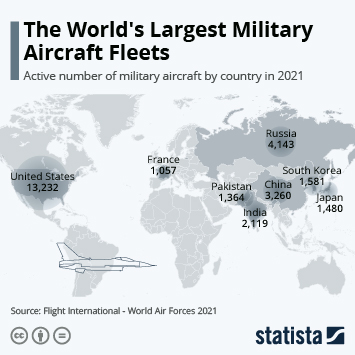Air Force Fleet Suffers Drop In Readiness
U.S. Air Force
The U.S. Air Force is finding it increasingly difficult to keep its large fleet of aircraft in the skies. Data from the Air Force published by the Air Force Times has found that the entire inventory had a mission capable rate of 71.3 percent in 2017, a decline on 73.1 percent in in 2015. Even though the drop doesn't seem that significant at first glance, a closer look at the availability of key platforms spells trouble. Years of punishing service over Iraq, Syria and Afghanistan has taken its toll on the nearly 800-strong fleet of F-16s and their mission capable rate fell from 73.7 percent to 70.2 percent between 2015 and 2017. During that period, the A-10's availability has fallen from 76.8 percent to 73.8 percent while the C-17's has fallen from 85.1 to 83.7 percent.
The situation is far worse for the Air Force's newest and most advanced fighter jets. Even though the Air Force has not employed the F-35A on combat missions so far, its mission capable rate has fallen from 68 percent to just 55 percent. Each F-22 costs $150 million and it has also been plagued by availabiltiy problems. The stealth jet had a mission capable rate of 67 percent in 2015 but last year, that fell to a dismal 49 percent.
There are several reasons for the fall in availability and the punishing tempo in the skies over the Middle East since 9/11 is certainly one of them. However, there are other factors such as an ageing fleet and a shortage of experienced maintenance personnel. The newer F-35 and F-22 fleets also need extra work on their stealth coatings which also contributes to the problem. The key problem is that a lack of flyable aircraft will result in pilots leaving the service and that will of course result in difficulties responding to contingencies around the world. The Air Force is already facing a critical personnel shortage and the Air Force Times claims it needs 20,000 new pilots. Retaining current pilots is already proving difficult given the shortage of flyable airframes and the lure of lucrative salaries in commercial aviation.
The situation is far worse for the Air Force's newest and most advanced fighter jets. Even though the Air Force has not employed the F-35A on combat missions so far, its mission capable rate has fallen from 68 percent to just 55 percent. Each F-22 costs $150 million and it has also been plagued by availabiltiy problems. The stealth jet had a mission capable rate of 67 percent in 2015 but last year, that fell to a dismal 49 percent.
There are several reasons for the fall in availability and the punishing tempo in the skies over the Middle East since 9/11 is certainly one of them. However, there are other factors such as an ageing fleet and a shortage of experienced maintenance personnel. The newer F-35 and F-22 fleets also need extra work on their stealth coatings which also contributes to the problem. The key problem is that a lack of flyable aircraft will result in pilots leaving the service and that will of course result in difficulties responding to contingencies around the world. The Air Force is already facing a critical personnel shortage and the Air Force Times claims it needs 20,000 new pilots. Retaining current pilots is already proving difficult given the shortage of flyable airframes and the lure of lucrative salaries in commercial aviation.




















